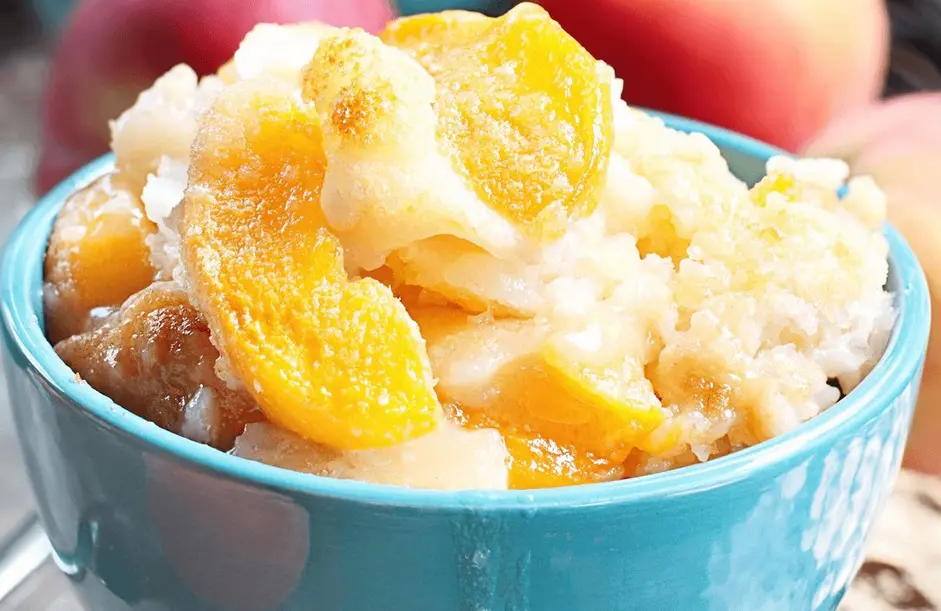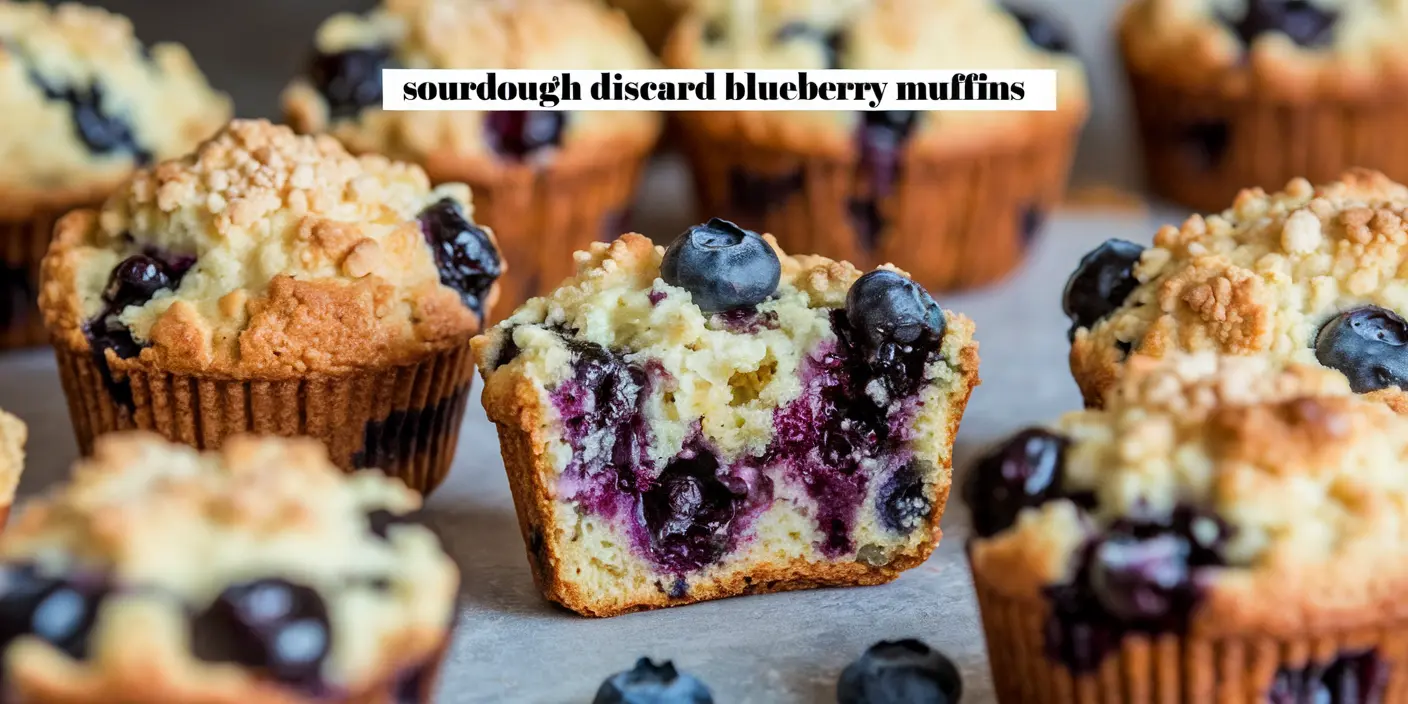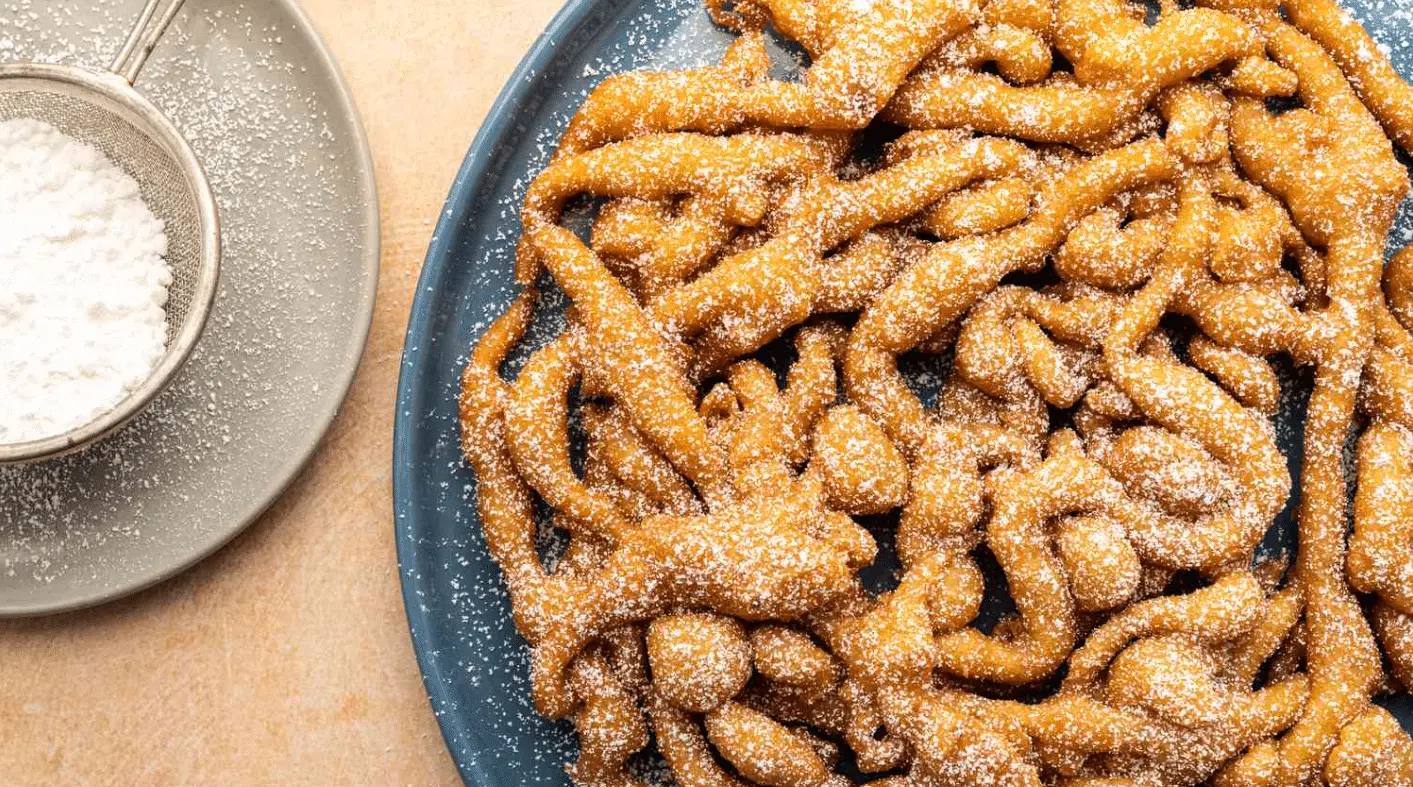
Funnel cakes, a quintessential delight of carnivals and state fairs, offer a sweet, crispy taste of tradition that has been cherished for generations. Originating from European medieval cuisine, this deep-fried dessert made its way to America, where it quickly became a staple at outdoor festivities. The allure of funnel cakes lies in their simple yet satisfying nature, crafted from a batter reminiscent of pancake mix, which is artistically drizzled into hot oil to form intricate, lace-like patterns.
Making funnel cakes at home is surprisingly straightforward and fast, requiring just a few pantry staples like flour, sugar, and milk. This easy preparation makes it a perfect treat for impromptu dessert cravings or entertaining guests. Funnel cake recipes are versatile, allowing for various twists like adding cinnamon for spice or chocolate for decadence. Whether you’re mimicking carnival treats or enjoying a quick dessert, these cakes offer crispy edges, soft centers, and a generous dusting of powdered sugar.

Ingredients List
Creating a classic funnel cake requires a handful of basic yet essential ingredients that are likely already in your kitchen. The foundation of any funnel cake batter includes all-purpose flour, granulated sugar for a touch of sweetness, and a pinch of salt to enhance the flavors. Whole milk and large eggs bind the mixture together, providing the necessary liquid and richness. For those who enjoy a hint of additional flavor, a dash of vanilla extract can be added. Each ingredient contributes to the delightful texture and taste that make funnel cakes a beloved treat at any fair or at home.
Equipment Needed
While funnel cakes are simple to make, having the right equipment can streamline the process and enhance the final product. A heavy-bottomed pot or deep fryer is essential for maintaining the ideal oil temperature of 370-375°F, while a candy thermometer is crucial to ensure the oil is hot enough to fry the batter quickly without burning.
For dispensing the batter, a liquid measuring cup or a ladle works well, especially for those who do not have a traditional funnel. Alternatively, for a more professional approach and cleaner lines, a piping bag fitted with a large round tip can be used, as recommended in this helpful YouTube demonstration. These tools not only help in achieving the classic funnel cake shape but also make the cooking process smoother and safer.
Step-by-Step Recipe Instructions
Creating homemade funnel cakes is a delightful experience that brings the joy of carnival food right into your kitchen. Follow these detailed steps to whip up this classic treat, ensuring crispy, delicious results every time.
Preparing the Batter
- Mix Dry Ingredients: In a medium-sized bowl, combine 2 cups of all-purpose flour, 2 tablespoons of granulated sugar, 1 teaspoon of baking powder, and ½ teaspoon of salt. Whisk these dry ingredients until they are well combined, ensuring that the baking powder and salt are evenly distributed throughout the flour.
- Combine Wet Ingredients: In a separate bowl, whisk together 1 cup of whole milk, 2 large eggs, and ½ teaspoon of vanilla extract (optional, but recommended for a richer flavor). Make sure the eggs are fully incorporated into the milk, creating a smooth, uniform liquid.
- Mix Wet and Dry Ingredients: Gradually add the wet ingredients to the dry ingredients while stirring continuously. Mix until the batter is smooth and free of large lumps. The consistency should be similar to pancake batter; it should freely flow but not be overly runny. If the batter seems too thick, slowly add more milk, a tablespoon at a time, until the desired consistency is achieved.
Frying the Funnel Cakes
- Heat the Oil: Fill a heavy-bottomed pot with about 2-3 inches of vegetable oil. Place a candy thermometer in the pot to monitor the oil’s temperature, ensuring it does not touch the bottom. Heat the oil over medium heat until it reaches 370-375°F. This is the optimal temperature for frying funnel cakes, as it crisps the outside quickly without absorbing too much oil.
- Pour the Batter: Once the oil is hot, use a liquid measuring cup or a funnel to pour the batter. If using a measuring cup, carefully pour the batter in a thin stream into the hot oil, creating a free-form lattice pattern. Move quickly and steadily to form circular or criss-cross patterns. If the stream is too thick, it may result in uneven cooking.
- Fry Until Golden Brown: Fry the batter for about 90 seconds on each side or until each side is golden brown and crispy. Use tongs or a spatula to carefully flip the funnel cake over in the oil.
- Drain and Serve: Once fried, use a slotted spoon or tongs to remove the funnel cake from the oil. Let it drain on a paper towel-lined plate to remove excess oil. While still warm, dust generously with powdered sugar or your favorite toppings like cinnamon sugar or a drizzle of chocolate.
Additional Tips
- Batch Frying: Make sure the oil returns to the correct temperature between batches. This ensures each funnel cake cooks uniformly and becomes perfectly crispy.
- Serving: Funnel cakes are best served warm. For an extra treat, top with fresh fruit, whipped cream, or ice cream for a decadent dessert.
By following these steps, you can master the art of making funnel cakes at home, enjoying the classic fair treat anytime you crave it.
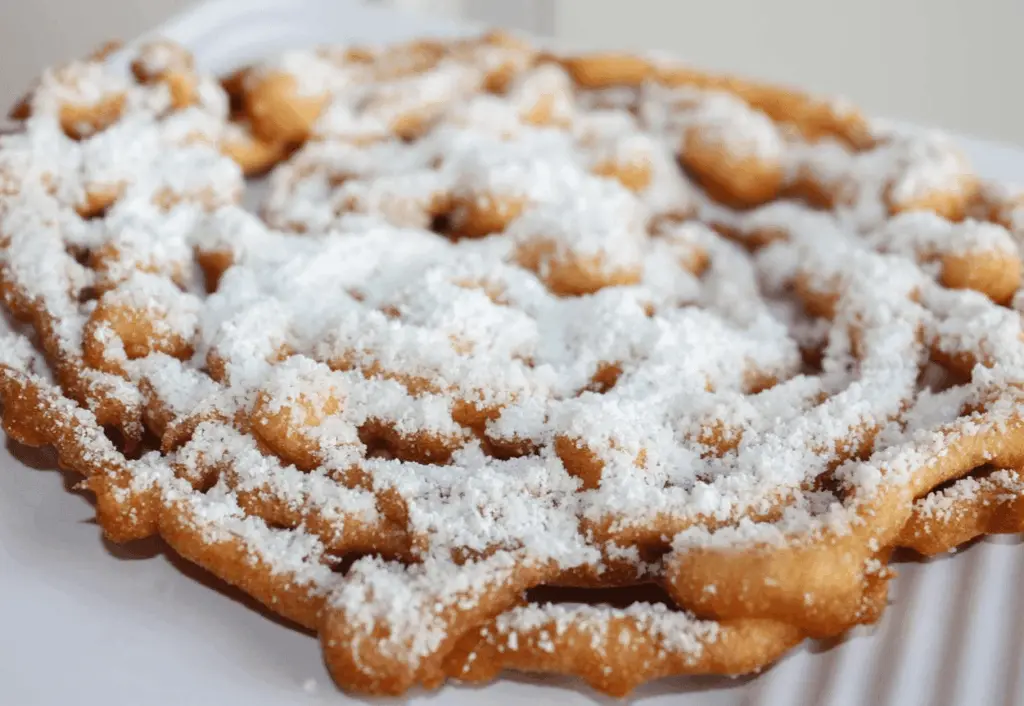
Variations of Funnel Cake Recipes
Funnel cakes, a staple of summertime fairs, offer a canvas for creativity beyond the traditional powdered sugar topping. Whether you’re a fan of sweet or savory, these variations can transform the basic funnel cake recipe into something uniquely delicious.
Sweet Variations
- Cinnamon Sugar Funnel Cake: After frying, instead of dusting with powdered sugar, sprinkle a generous amount of cinnamon sugar over the hot funnel cakes. The heat allows the mixture to stick well and adds a warm, spicy note.
- Chocolate Drizzle Funnel Cake: For chocolate lovers, drizzle melted chocolate over the freshly fried cakes. This can be dark, milk, or white chocolate, depending on your preference. Adding a scoop of vanilla ice cream on the side makes this variation a decadent treat.
- Fruit-Topped Funnel Cake: Top your funnel cakes with fresh fruit and a dollop of whipped cream. Strawberries, blueberries, and peaches make excellent choices, providing a fresh, tart contrast to the sweet, crispy dough.
Savory Options
- Cheese and Bacon Funnel Cake: Incorporate shredded cheese and crumbled bacon into the batter before frying. The result is a savory twist that pairs wonderfully with a creamy dip or a simple dusting of garlic powder.
- Herb and Garlic Funnel Cake: Add finely chopped fresh herbs and a pinch of garlic powder to the batter for a savory cake that could serve as an appetizer or a unique side dish.
Gluten-Free and Vegan Alternatives
- Gluten-Free Funnel Cake: Substitute the all-purpose flour with a gluten-free flour blend to cater to those with gluten sensitivities. Ensure the blend is suitable for frying to maintain the texture and crispiness.
- Vegan Funnel Cake: Replace the milk with almond or soy milk and use a vegan egg substitute. These adjustments allow everyone to enjoy a vegan version of this classic treat without compromising on taste or texture.
For more inspiration on traditional and innovative funnel cake recipes, visit Small Town Woman, where you can find detailed instructions on making homemade funnel cakes along with various topping and flavor ideas.
Serving and Presentation Ideas
Funnel cakes, with their intricate, web-like patterns, are not only delicious but also visually appealing, making them a fantastic dessert for both casual and special occasions. Here are some creative ideas for serving and presenting funnel cakes that can elevate this simple treat into a centerpiece dessert.
Casual Gatherings
For a laid-back setting, such as a family movie night or backyard party, serve funnel cakes on a large platter lined with parchment paper. Dust them generously with powdered sugar, and place small bowls of various toppings around the platter, like chocolate sauce, caramel, and berries. This setup encourages guests to customize their pieces, adding to the fun and interactive experience.
Special Occasions
When presenting funnel cakes at more formal events, such as bridal showers or birthday parties, individual plating can add a touch of elegance. Place a single funnel cake on each plate and adorn with a light sprinkle of powdered sugar using a fine sieve for a delicate finish. For a seasonal touch, garnish with edible flowers or mint leaves in the spring and summer, or a cinnamon stick in the fall.
Thematic Presentation
To tie funnel cakes into a theme, use cookie cutters to shape them before frying, creating hearts for Valentine’s Day or stars for a Fourth of July celebration. Serve these themed funnel cakes with color-coordinated toppings to enhance the festive atmosphere.
Common Mistakes and Troubleshooting
Making funnel cakes can be a straightforward process, but a few common mistakes might crop up, especially for beginners. Here’s how to troubleshoot these issues to ensure your funnel cakes turn out perfectly every time.
Batter Consistency
Mistake: A batter that is too thick or too runny can ruin the texture of your funnel cakes. A too-thick batter won’t flow freely, creating lumpy and unevenly cooked cakes, while a too-runny batter spreads too much, resulting in overly thin and crispy cakes.
Solution: Aim for a consistency similar to pancake batter. If the batter is too thick, gradually add more milk until it reaches the desired fluidity. Conversely, if it’s too runny, sift a little more flour into the mix until it thickens slightly.
Oil Temperature
Mistake: Not cooking at the right oil temperature is another common issue. If the oil is not hot enough, the funnel cakes will absorb too much oil and become soggy. If it’s too hot, they will burn on the outside before cooking through.
Solution: Use a candy thermometer to ensure the oil stays at an optimal 370-375°F. Always allow the oil to return to this temperature between batches.
Frying Technique
Mistake: Pouring the batter incorrectly can lead to imperfect shapes and uneven cooking.
Solution: Use a steady hand to pour the batter in a thin stream and create a consistent pattern. A circular or criss-cross motion works best. For those struggling with this technique, consider using a piping bag or a squeeze bottle for more control, as shown in this Funnel Cake Cooking Demonstration on YouTube.
By being mindful of these aspects and prepared to make small adjustments, you can master the art of making funnel cakes and enjoy this delightful treat just the way you like it.
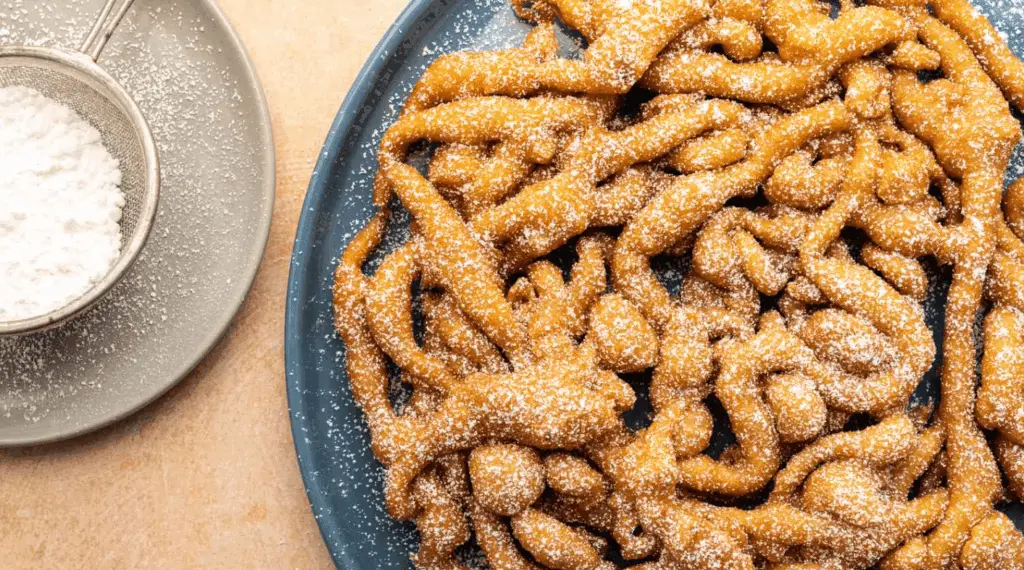
FAQs
Funnel cakes are a favorite at carnivals and fairs, and many enjoy recreating this treat at home. Here are some frequently asked questions that can help you perfect your funnel cake-making skills.
How can I make funnel cakes without using a funnel?
While traditional funnel cakes are made using a funnel to pour the batter into hot oil, there are several alternatives. You can use a liquid measuring cup with a spout to control the pour, or for more precision, a piping bag or a plastic squeeze bottle. These methods can help you achieve the desired thin stream of batter and are often easier to handle and clean.
What is the recommended oil for frying funnel cakes?
The best oils for frying funnel cakes are those with a high smoke point and neutral flavor. Canola, vegetable, and peanut oil are all excellent choices. They ensure that the funnel cakes cook evenly without absorbing unwanted flavors.
Can you refrigerate funnel cake batter?
Yes, you can refrigerate funnel cake batter for up to two days. Store it in an airtight container to prevent it from absorbing smells from the refrigerator. Before using, let the batter come to room temperature and give it a good stir to ensure consistency.
Nutritional Information
While funnel cakes are a delightful treat, it’s important to consider their nutritional content, especially if they’re enjoyed as a regular indulgence. A typical funnel cake, depending on size, contains approximately 300 to 400 calories. The majority of these calories come from carbohydrates and fats due to the flour and oil used in preparation. Each funnel cake also contains around 20 grams of fat and 30 to 40 grams of sugar, especially after being generously dusted with powdered sugar. For those watching their intake, funnel cakes can be enjoyed in moderation or adapted using alternative ingredients like whole wheat flour and natural sweeteners.
Conclusion
Making funnel cakes at home is not only a fun culinary adventure but also a delightful way to recreate cherished memories of fairs and gatherings. These crispy, sweet treats offer versatility in both preparation and presentation, allowing for customization with various toppings and flavors to suit any occasion. Whether you opt for classic powdered sugar or venture into savory variations, funnel cakes are sure to bring smiles to faces around the table. By following the step-by-step instructions and tips provided, you can ensure your funnel cakes are perfect every time.


